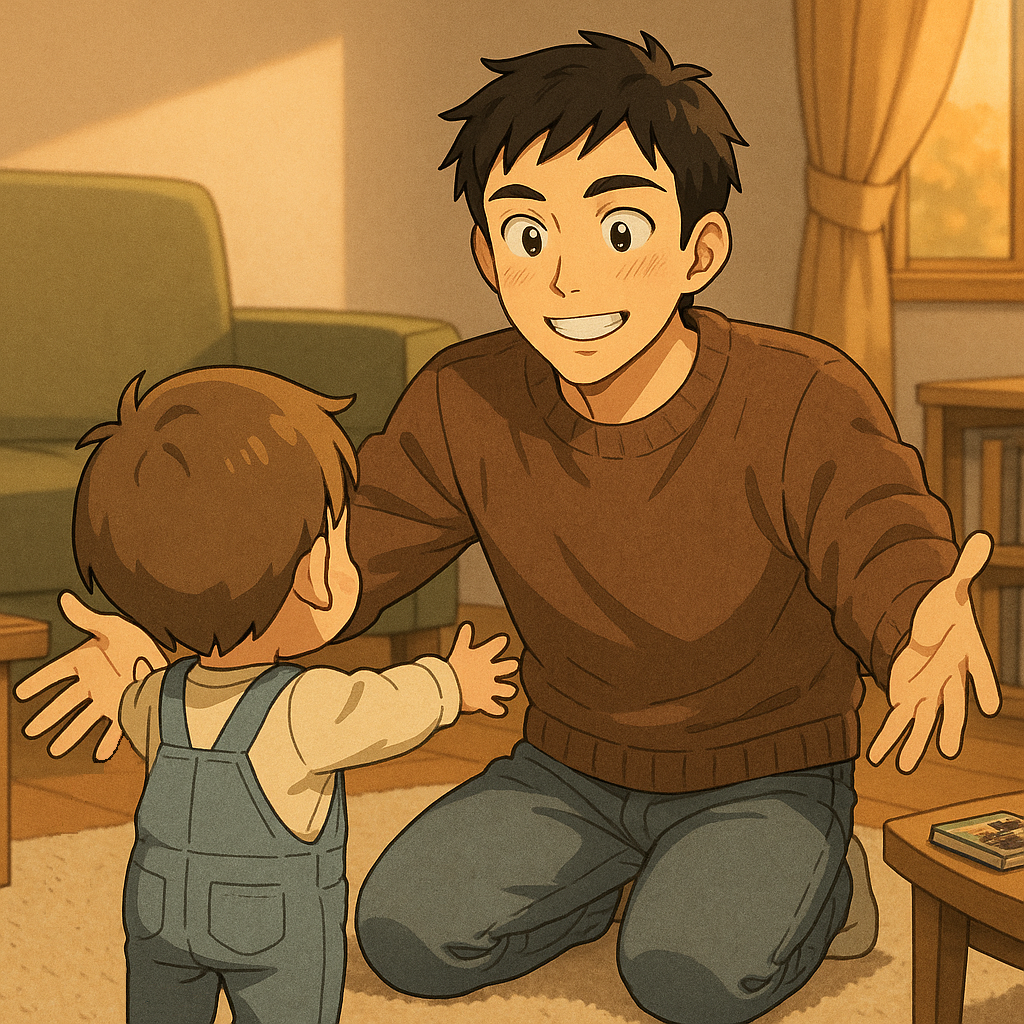子
Mnemonic
See the top stroke as the big head of a toddler, and the crossed stroke below as arms outstretched for a hug. Underneath is the small body. Altogether, it looks like a child reaching out — use this image to help you remember CHILD.
Note: 子 often serves as a noun-forming suffix in Japanese (see the yellow note below).

Example Vocabulary
-
子どもの日(こどものひ) – Children’s Day
Click to recall: 日 = -
人の子(ひとのこ) – someone’s child; child of a person
Click to recall: 人 = -
一人子(ひとりご) – an only child
Click to recall: 一 = -
三つ子(みつご) – triplets
Click to recall: 三 = -
一子(いっし) – one child (esp. an heir)
Mini-lesson: 子 in everyday words
Besides meaning CHILD, 子 also pops up at the end of many everyday words, even when the word has nothing to do with children
(e.g., 帽子 “hat,” 椅子 “chair,” 扇子 “folding fan”).
🧩 How to tell the difference
1) Is the word talking about a person? → 子 = child (like the examples on this page).
2) Is it just an everyday object? → Then 子 is just a friendly tag that says "Hey, this is a common object".
For now, don’t stress about it. Just know that 子 usually means “child,” but sometimes it’s a tag that helps form common words.